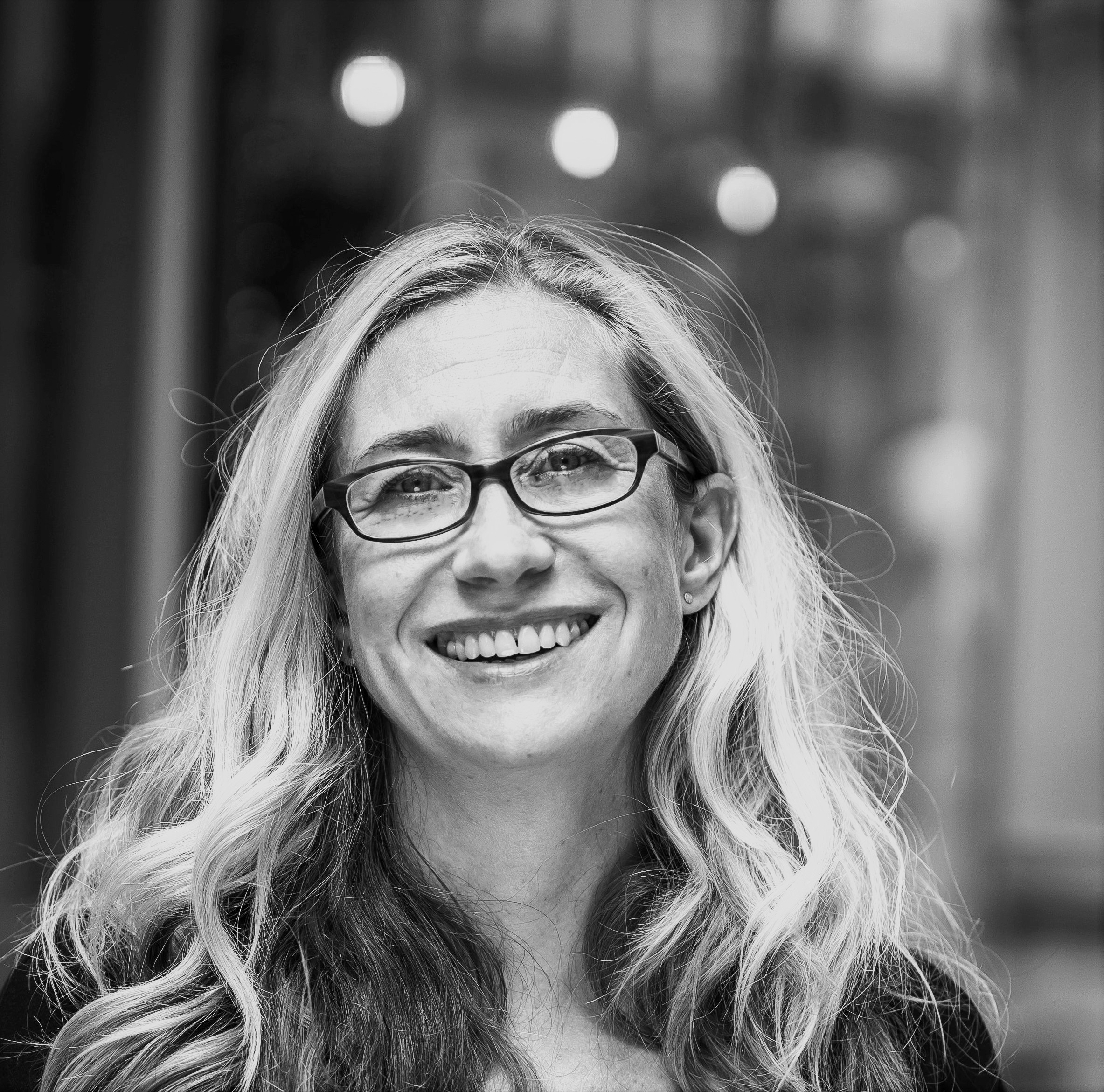AO1 requires you to develop an informed personal response while maintaining a critical style throughout. Discerning references to both poems should be an integral part of your response. Throughout your response you should aim to adopt a critical and mature style so that you demonstrate a perceptive understanding of both poems. You should also aim to add your own interpretations and ensure that all of your points are fully developed
When approaching AO1, you need to ensure your response keeps a clear focus on the question. Any quotations you choose to use should always be directly relevant to the focus of the question.
When approaching this unseen poetry question, you should:
- Try to respond flexibly and imaginatively to the demands of the question set
- Give a personal and unique response to both poems:
- Examiners will reward original and well-focused answers
- Synthesise a developing argument (make the same argument clearly all the way through your answer)
- If possible, you should give alternative interpretations of the aspect being discussed:
- For example, “On the one hand… however, this could also be seen to represent…”
- Quotations should always relate to the point being made and be relevant to the ideas being discussed
But how do you understand what an unseen poem is even about? Well, keep reading for a simple strategy for approaching the unseen poetry question in the exam. You should be confident in the repertoire of tools and strategies you already have in order to help you unlock what the poems are about.
- When approaching the unseen poems, you should try not to worry about understanding what each poem means the first time you read them:
- Often that meaning is not unlocked on a first reading so you need to be able to read, pause, reflect and re-read the poems in order to uncover their meanings
- It is important to understand the difference between a surface reading of a poem and an inferential reading:
- The distinction here is between what the poem says and what the poem means:
- A surface reading tells you what is going on in the poem
- An inferential reading tells you what the poem means: its message
- For the highest marks, the examiner wants to see what you think the poem means, not what the poem says
Using an active and reflective reading strategy, like the one outlined below, can help you to develop a personal response to the poems:
|
Reading strategy for unseen poems
|
|
First reading: This all about your initial impression to the poems:
- First, read the title of the poem, scan over the poem on the page and take in its shape and the white spaces
- Next, read through the poem and work out what the literal meaning of the poem is:
- Remember, there are no right or wrong responses at this point – it’s simply what you are thinking after a first read
|
|
Second reading: This is about looking closer and interrogating what you have read:
- Read the poem for a second time
- This second reading is all about noticing and questioning. Ask yourself:
- Who is the speaker/narrator?
- Who are the other characters mentioned?
- What objects/ideas has the poet included?
- Where is the poem set/situated?
- You might also want to begin annotating the poem with some thoughts:
- What do you notice as you read? Do you notice any patterns or repetition in words, phrases, images, rhyme and rhythm? Do you have any questions about the poem?
|
|
Third reading: This is all about exploring meaning and the ideas in the poems:
- Read the poem for a third time:
- What do you think the poet is saying? Why was the poem written?
- What is the message of the poem? What does the poem make you think about? Does the poem make you see something differently? How does the poem relate to you, or to other poems you have read? What could the poet be saying about the world? What one big idea are they exploring?
- It is useful to highlight different aspects of the poem during each repeat reading
|
Approaching an unseen poem can seem very intimidating, especially as you will have to comment on a poem that you probably have not come across before. However, examiners just want to see you demonstrating your ability to “notice” things in the text. They do not expect you to know and understand everything about a poem you have just read for the first time, so you should try not to be anxious about addressing this section of the exam. Indeed, examiners often comment that students generally excel in this section, as it is an opportunity for them to write about their own ideas and interpretations of the poem.

